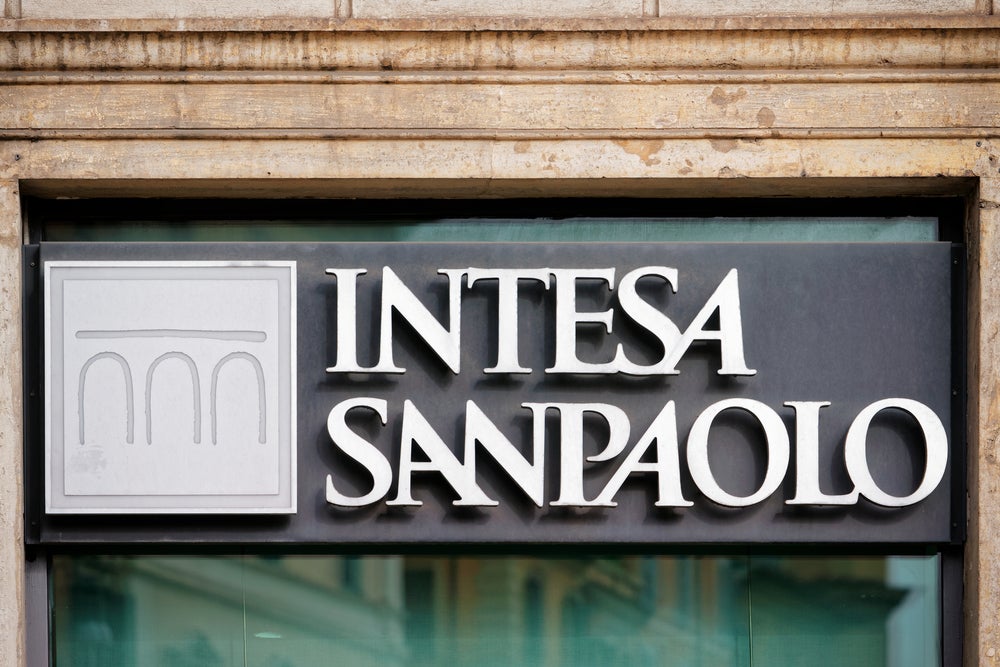Hedge funds negotiated a tumultuous environment in October, with the HFRI Fund Weighted Composite Index posting a narrow gain of +0.09% for the month, as was reported by HFR, a global firm in the indexation, analysis and research of the hedge fund industry.
Gains in Macro, Currency and Equity Hedge strategies offset losses in Event Driven and Relative Value Arbitrage, reversing intra-month losses into month end.
The volatile month included significant declines in Oil and Energy prices, idiosyncratic losses in event equity positions, a sharp intra-month broad based equity market decline and partial recovery, a steep drop in U.S.
Treasury yields on investor risk aversion, and the conclusion of the U.S. Federal Reserve quantitative easing measures concurrent with an increase in the Bank of Japan stimulus efforts.
Macro hedge funds, including both Discretionary and Quantitative Trend Following Strategies, led industry gains for the month, with the HFRI Macro Index posting a gain of +0.46 percent.
Macro sub-strategy performance was led by Currency and CTA strategies, with the HFRI Currency Index gaining +1.66 percent, while the HFRI Systematic Diversified/CTA Index advanced +0.75 percent, the 3rd consecutive monthly gain.
How well do you really know your competitors?
Access the most comprehensive Company Profiles on the market, powered by GlobalData. Save hours of research. Gain competitive edge.

Thank you!
Your download email will arrive shortly
Not ready to buy yet? Download a free sample
We are confident about the unique quality of our Company Profiles. However, we want you to make the most beneficial decision for your business, so we offer a free sample that you can download by submitting the below form
By GlobalDataPartially offsetting these, the HFRI Macro: Multi-Strategy Index declined -1.1 percent, while the HFRI Emerging Markets Index posted a narrow decline of -0.1 percent with the month, with gains in Emerging Asia offset by losses in Russia and MENA.
The HFRI Equity Hedge Index gained +0.37 percent for the month, led by gains in EH: Quantitative Directional and Technology strategies. The HFRI EH: Quantitative Directional Index gained +1.69 percent for the month, while the HFRI EH: Technology/Healthcare Index gained +1.22 percent, leading EH sub-strategies YTD with a gain of+5.32 percent through October.
Partially offsetting these, the HFRI Energy/Basic Materials Index declined -3.15 percent on the sharp fall in energy prices, contributing to a drawdown of over 8 percent in last 2 months.
Event equities experienced a volatile month with steep losses across Fannie Mae, Shire/ Abbvie and American Realty contributing to monthly declines for Event Driven and Relative Value Arbitrage strategies.
The HFRI Event Driven Index declined -1.02 percent for the month, led by declines in Merger Arbitrage and Special Situations sub-strategies of -1.53 and -1.35 percent, respectively.
The fixed income-based HFRI Relative Value Arbitrage Index posted a decline of -0.61 percent, led by declines of -2.89 and -0.57 percent in Volatility and Asset Backed exposures; Relative Value strategies continue to lead strategy performance YTD with a gain of +4.35 YTD through October. Partially offsetting these declines were gains in HFRI ED: Activist Index of +0.98 percent and the HFRI RV: Sovereign Index, which gained +0.20 percent for the month.
"Hedge funds experienced a dramatic intra-month performance recovery to post a narrow gain for October, overcoming increased asset volatility and dispersion, as well as concentrated losses in widely held event equity positions," stated Kenneth J. Heinz, President of HFR.
"The HFRI October performance distribution displayed negative skewness, with more than half of constituent funds posting gains, resulting in median performance exceeding the average. While it is unlikely to expect realized volatility from October to persist in coming months, active stimulus measures from Japan and the weakening economic outlook in Europe have contributed to managers maintaining flexible and opportunistic positioning to quickly adjust to the dynamic market environment."







